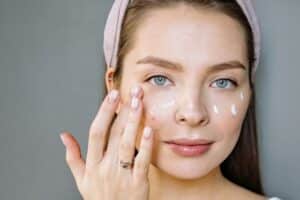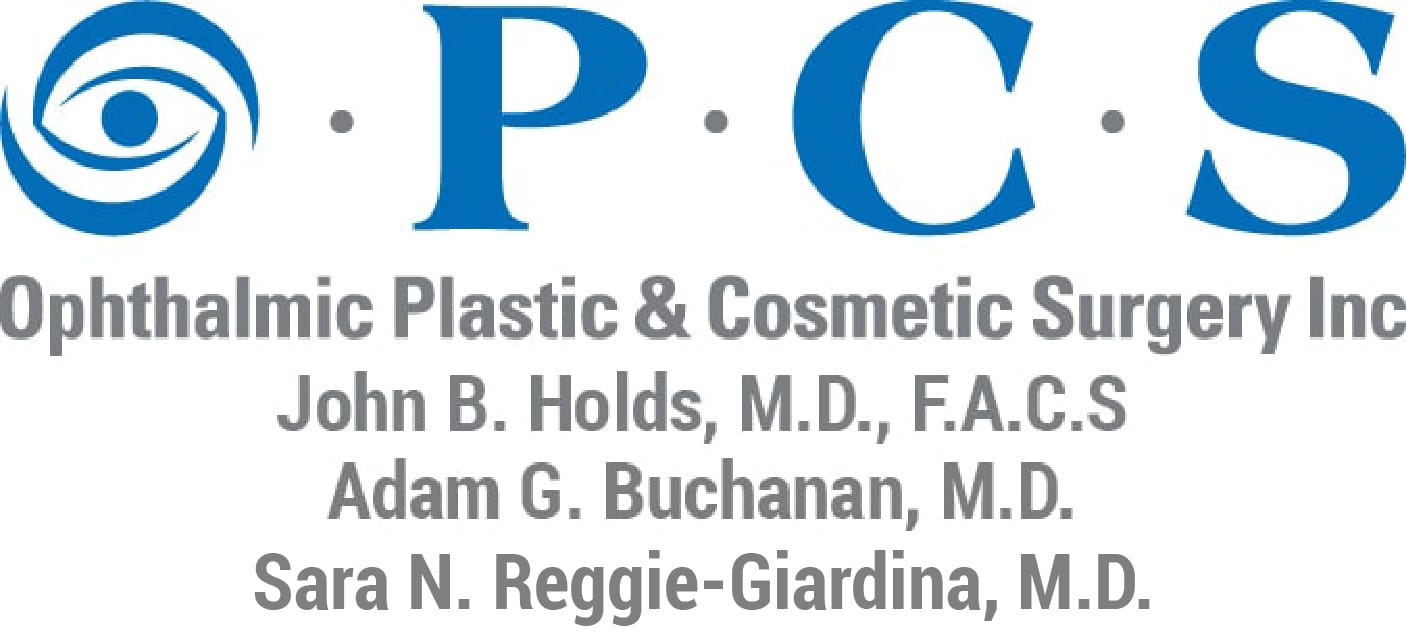Lower Blepharoplasty FAQs
- Posted on: Oct 30 2021

How is lower eyelid blepharoplasty performed?
Unlike upper blepharoplasty, in which incisions are made in the natural crease of the eyelid, lower blepharoplasty has hidden incisions. For this procedure the surgeon usually makes an incision inside the lower eyelid. This is referred to as a transconjunctival approach. The lower blepharoplasty procedure involves the repositioning or removal of some or all of the fat pads beneath the eye. Skin is also tightened and trimmed at the lash line. These modifications reduce or eliminate puffiness.
What will I look like right after blepharoplasty surgery?
Patients interested in blepharoplasty are usually instructed to take 2 weeks off work. This is because swelling and bruising can last at least that long. Usually, bruising is resolved enough in that time frame to be easily camouflaged with makeup. Swelling may linger but tends to be subtle and pretty nondescript, so patients can resume normal activities without self-consciousness. Right after a blepharoplasty procedure, it looks like the patient has been in a fight. Fortunately, the side effects look worse than they feel.
How can I support my recovery from blepharoplasty?
Since bruising and swelling are the most common post-operative symptoms, patients are usually instructed to apply covered ice packs to the area for 20 minutes on and off for 48 hours. This need not continue through the night, but may be applied as is comfortable and convenient to assist in the recovery process. If an antibiotic ointment is prescribed, this should be used on the eye area as directed for at least one week. While the effects of surgery can look significant, pain is usually quite low. Patients should be aware of this and remain mindful of maintaining low activity levels until cleared by their doctor.
Blepharoplasty has become one of the leading plastic surgery procedures of our time due to the benefits this procedure offers. To learn more, schedule a visit with us in St. Louis or St. Peters.
Posted in: Blepharoplasty

